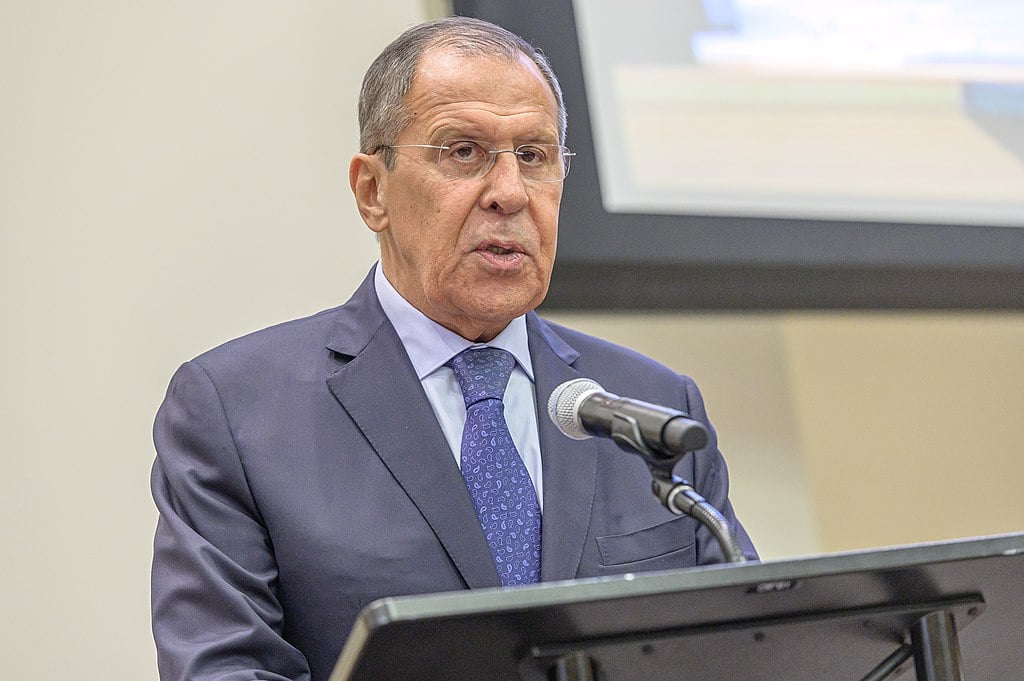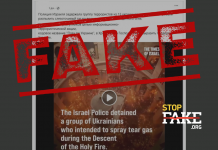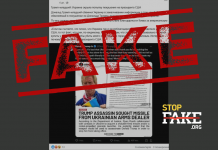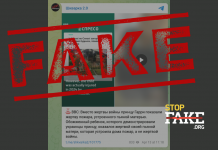In the interview on 21st August 2020 for the newspaper “Trud” Russian Minister of Foreign Affairs Sergey Lavrov stated that Russian-EU relations leave much to be desired because of the European Union, because of “colleagues from the EU’s” initiative many formats of sectoral interactions and political dialogue were suspended, promising projects were stopped, including creation of common trade, economic and humanitarian area from Lisbon to Vladivostok. At the same time we were told that any significant improvement in the relations depends on implementation of Minsk agreements for the solution of conflict in the South-East Ukraine, which Russia is not a side of. Unfortunately, this artificial and short-sighted requirement is still actual – for the great content of Kyiv’s authorities, which not only do not comply to their obligations of Minsk Action Complex, but also do not hide their intent to use the unresolved conflict to maintain the sanction pressure towards Russia.
When in the end of November 2013 pro-Russian president of Ukraine Victor Yanukovych did not sign the association agreement with the European Union (Georgia and Moldova did), anti-presidential protests started on the Independence Square in Kyiv. First time they were violently broke up already on 30th November. However, the Ukrainians did not let the president scare them and the protests became the revolution which led to the fall of Yanukovych administration in the beginning of 2014. Shortly after, pro-Russian separatist actions in the Eastern and Southern Ukraine intensified – and with them Russian hybrid war. Under cover Russian military intervention had place in Crimea, where so called “little green men” appeared – those were Russian soldiers without military distinctions, who started the occupation of the peninsula. On the 1st March 2014 Vladimir Putin requested the Council of the Federation to give him permission to send troops to Ukraine, which consequently led to official use of Russian military force on the Ukrainian territory.
At the same time, during “Crimean crisis”, rallies against new authorities in Kyiv started in the Eastern regions of Ukraine. The annexation of Crimea encouraged the separatists and in April the pro-Russian rebellion started in Donbas to make self-proclaimed so called “people’s republics” of Donetsk and Lugansk independent. The authorities in Kyiv accused Moscow of sending its people to Ukrainian Eastern regions to participate in the demonstrations and provocations. Ukraine recognised separatists’ actions as terrorist activities and announced anti-terrorist operation (ATO) on the rebellious territories. The conflict became an armed conflict. In the very beginning of antiterrorist actions, Ukrainian authorities informed about Russian military intelligence GRU officers present in Sloviansk.
Important and tragic event which proved the involvement of the Russian Federation in the conflict in the East of Ukraine was shooting down the civilian aircraft of Malaysia Airlines 17 with 298 people on board. This crime had place on 17th July 2014. The investigation proved that the aircraft was shot down with anti-aircraft missile system Buk M1 nr 332 belonging to the 53. Rocket Anti-aircraft Brigade from Kursk of Russian Federation military force, which was brought to separatists-controlled region from Russia few days earlier. In the following days, month and years, there were more and more proofs of Russian involvement in the conflict. Currently, the is no doubt that Ukraine is at war with Russia. Therefore, it was very cynical of Russian Minister of Foreign Affairs to state that the conflict in the South-Eastern Ukraine does not involve Russia. It does, more than any other actor, as it is Russia which started this conflict and still carries on the operations.
WP
Phot. poland.mid.ru
Follow StopFake PL on Facebook, Twitter, Instagram and Telegram.





